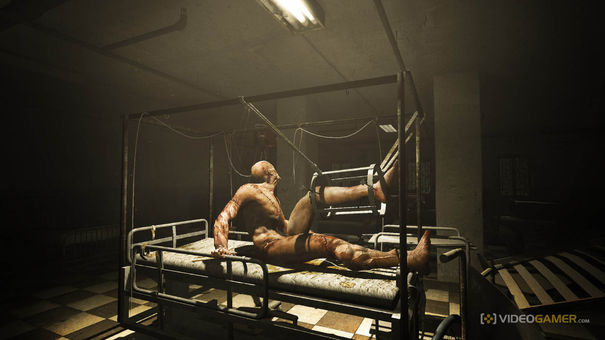Minecraft is a game with three entire layers- the World, the Nether, and the End. While you’re in the World, you can usually get by fairly well with just tools and the occasional sword or bow. However, to deal with Endermen safely, or to handle the sorts of things you’re likely to see in the Nether, you’re going to need more protection than just your innate reach and a good ability to dodge. What you’re going to need- is armor.
Armor is nearly the only thing that you can actually wear, and thus the four armor pieces (helm, chestplate, pants, and boots) are four of the only five items you can craft and then use without them occupying either a hotbar slot or a space in the world.
You would expect armor to reduce the damage you take, and it does- but it’s not a cure-all to incoming harm, and certainly isn’t foolproof. Even the very best protective outfit (a full set of diamond armor) will only reduce the damage you take by 80%, so armor is never going to make you outright indestructible. What’s more, there are plenty of sources of damage in the world that armor does not affect.
Armor also suffers from the same problem as most hand-held tools- limited durability. As the armor reduces the damage done to you, it takes damage itself, gradually wearing out and eventually getting destroyed if you don’t do anything about it. Fortunately, anything that damages you in a way that ignores your armor also fails to damage your armor- so it’s not -too- easy to find yourself stripped of protection.
I mentioned previously the gray shirt or ‘breastplate’ meter that appears above your Health meter when you are wearing armor- each full shirt represents an 8% reduction in damage dealt to you, with half-shirts being worth 4%. This lets you track how good your armor is at keeping you alive, and is something you want to keep an eye on as well- while in single-player mode, you will hear and see an animation for when your armor breaks, multiplayer servers do you no such courtesy. If your armor meter suddenly loses a chunk, you know it’s time to get a new piece of armor.
Ideally, of course, you will be checking your armor regularly enough when you are fighting that it does not break. This will give you the opportunity to repair it. Just as hand-held tools can be repaired by using your craft window to combine them together as long as they are the same tool and the same material, armor can be repaired by combining it with another armor piece of the same type and material.





